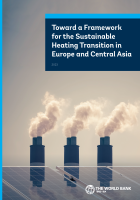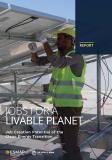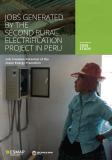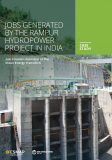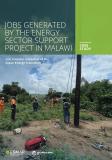Publications
This report presents the results of research and analysis on the status and trends of space heating conducted in 2022-23. In the long, cold winters in many parts of the Europe and Central Asia (ECA) region, heating is critical to life and for livelihoods, but it is currently not sustainable. Energy use for space heating has expanded to 24 percent of total regional energy demand today—of which about 72 percent is consumed in the residential sector and the remainder in commercial and public buildings. Fossil fuels—natural gas and coal—have overwhelmingly met this energy need. Compounded by an aging and energy inefficient building stock, the heating sector has generated a significant level of emissions, both locally and globally. Across the region, air pollution, particularly in urban areas, is a serious threat that causes 302,000 deaths and incurs a welfare cost of 7 percent of GDP annually. Annual gross CO2 emissions from ECA heating of buildings are estimated to be about 22 percent of total regional emissions, or 678 MtCO2, of which 75 percent is attributed to the residential sector. In urban areas, most households currently heat their homes with district heating (DH), electricity, and gas boilers, while in rural areas most households rely on firewood or coal stoves and boilers. Addressing the considerable challenges in heating is an urgent imperative for policymakers to ensure heating services are affordable, efficient, and clean which can in turn bring enormous development benefits. The decarbonization pathways in ECA countries to net zero by mid-century are intertwined with sustainable heating.
Report is also available in | RUSSIAN
World Bank; ESMAP.
Toward a Framework for the Sustainable Heating Transition in Europe and Central Asia : Overview (English). Washington, D.C. : World Bank Group. http://documents.worldbank.org/curated/en/099092023140561156/P1777440a3f6c10180be50065be704f46d1
